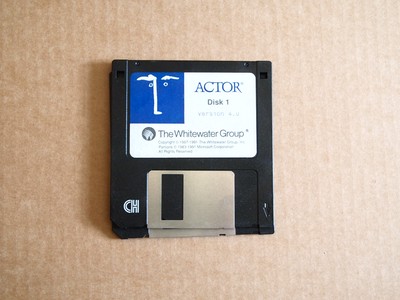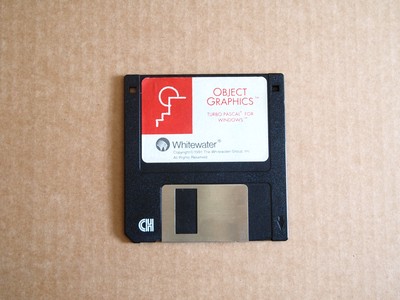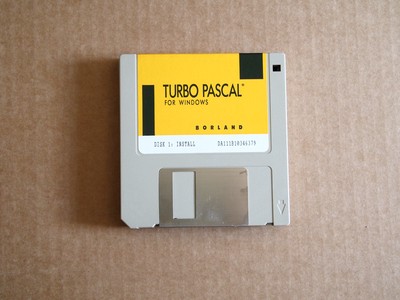Early 1990s Software Development Tools for Microsoft Windows
The early 1990s were an interesting time for software developers. Many of the tools that are taken for granted today made their debut for a mass market audience.
I don’t mean that the tools were not available previously. Both Smalltalk and LISP sported what would today be considered modern development environments all the way back in the 1970s, but hardware requirements put the tools well beyond the means of regular joe programmers. Not too many people had workstations at home or in the office for that matter.
I spent the early 1990s giving most of my money to software development tool companies of one flavour or another.
Actor was a combination of object oriented language and programming environment for very early versions of Microsoft Windows. There is a review in Info World magazine of Actor version 3 that makes interesting reading. It was somewhat similar to Smalltalk, but rather more practical for building distributable programs. Unlike Smalltalk, it was not cross platform but on the plus side, programs did look like native Windows programs. It was very much ahead of its time in terms of both the language and the programming environment and ran on pretty modest hardware.
I gave Borland quite a lot of money too. I bought Turbo Pascal for Windows when it was released, having bought regular old Turbo Pascal v6 for DOS a year or so earlier. The floppy disks don’t have a version number on so I have no idea which version it is. Turbo Pascal for Windows eventually morphed into Delphi.
I bought Microsoft C version 6 introducing as it did a DOS based IDE, it was still very much an old school C compiler. If you wanted to create Windows software you needed to buy the Microsoft Windows SDK at considerable extra cost.
Asymetrix Toolbook was marketed in the early 1990s as a generic Microsoft Windows development tool. There are old Info World reviews here and here. Asymetrix later moved the product to be a learning authorship tool. I rather liked the tool, though it didn’t really have the performance and flexibility I was looking for. Distributing your finished work was also not a strong point.
Microsoft Quick C for Windows version 1.0 was released in late 1991. Quick C bundled a C compiler with the Windows SDK so that you could build 16 bit Windows software. It also sported an integrated C text editor, resource editor and debugger.
The first version of Visual Basic was released in 1991. I am not sure why I didn’t buy it, I imagine there was some programming language snobbery on my part. I know there are plenty of programmers of a certain age who go all glassy eyed at the mere thought of BASIC, but I’m not one of them. Visual Basic also had an integrated editor and debugger.
Both Quick C and Visual Basic are the immediate predecessors of the Visual Studio product of today.





